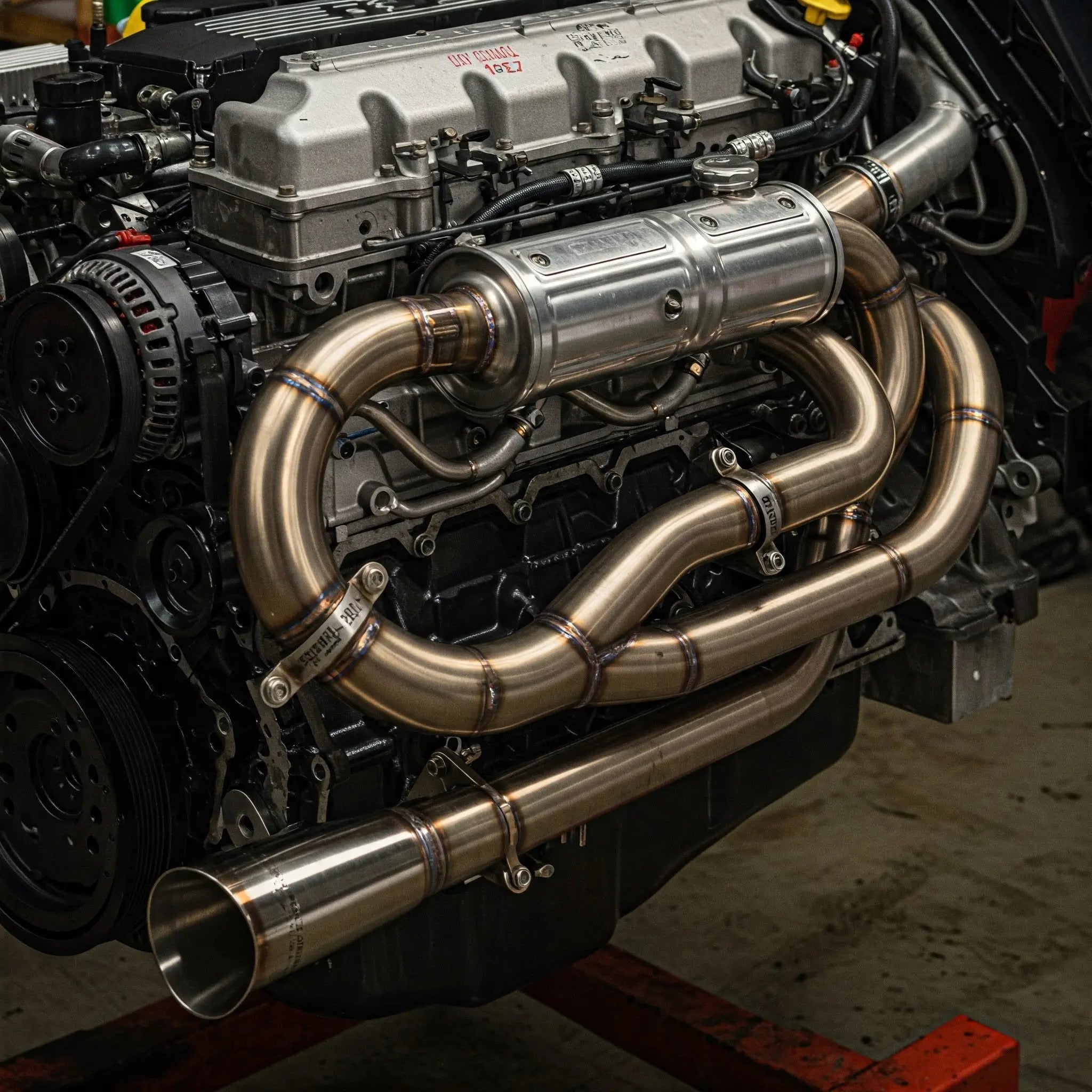Unlock Peak Perfo...
Aug 15, 2025

Diesel particulate filters (DPFs) are an essential component of modern diesel engines, designed to trap harmful soot particles from the exhaust and reduce emissions. However, DPFs can also create a significant amount of backpressure, which can negatively impact your engine's performance and longevity.
DPF backpressure is the resistance to exhaust flow created by the DPF. This resistance can cause a number of problems for your engine, including:
There are a number of ways to reduce DPF backpressure and improve your engine's health:
Reducing DPF backpressure can have a number of benefits for your engine, including:
If you are experiencing DPF woes, such as reduced power or fuel economy, it is important to take steps to reduce backpressure. Regular DPF cleaning is a good way to maintain your DPF and keep backpressure in check. If you are looking for a more drastic solution, you may want to consider a DPF delete or a high-flow DPF delete pipe. However, it is important to weigh the benefits and risks of these modifications before making a decision.